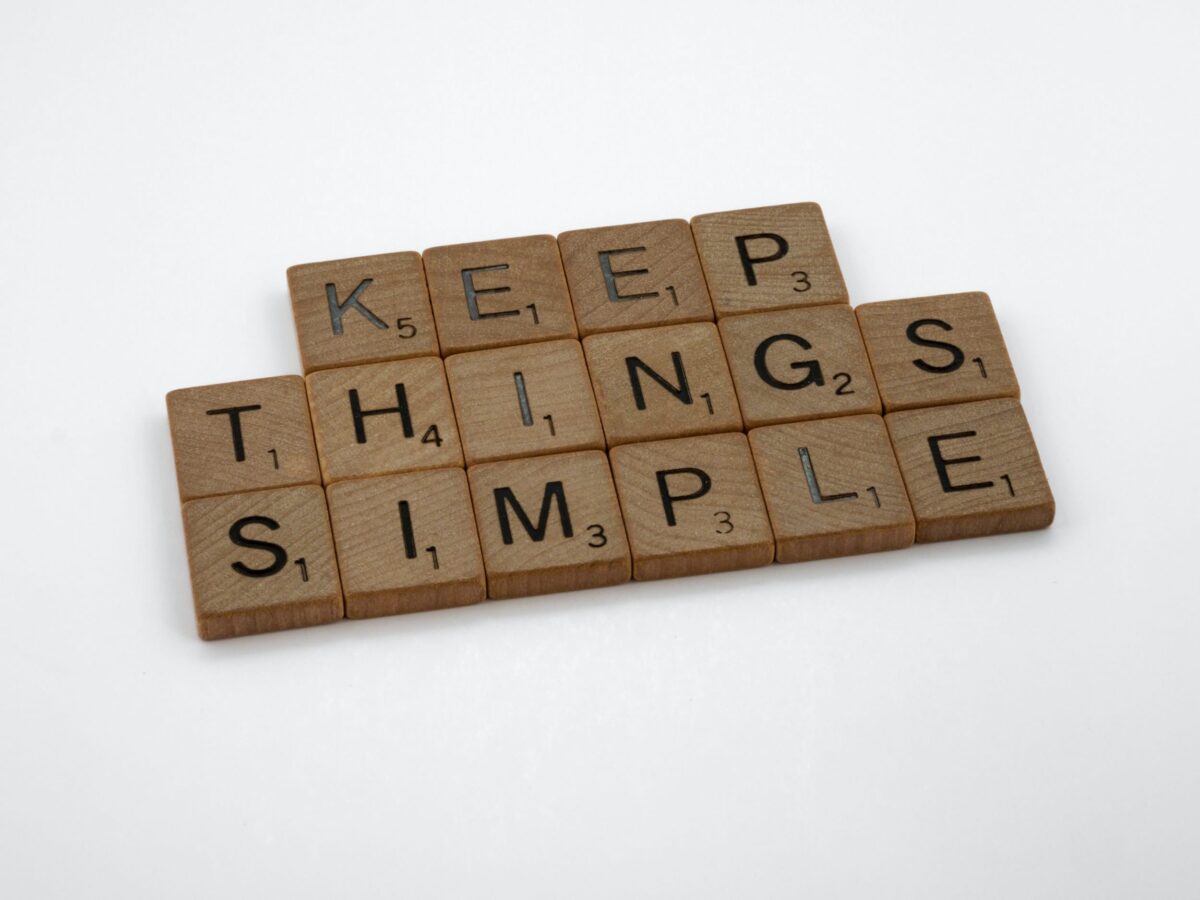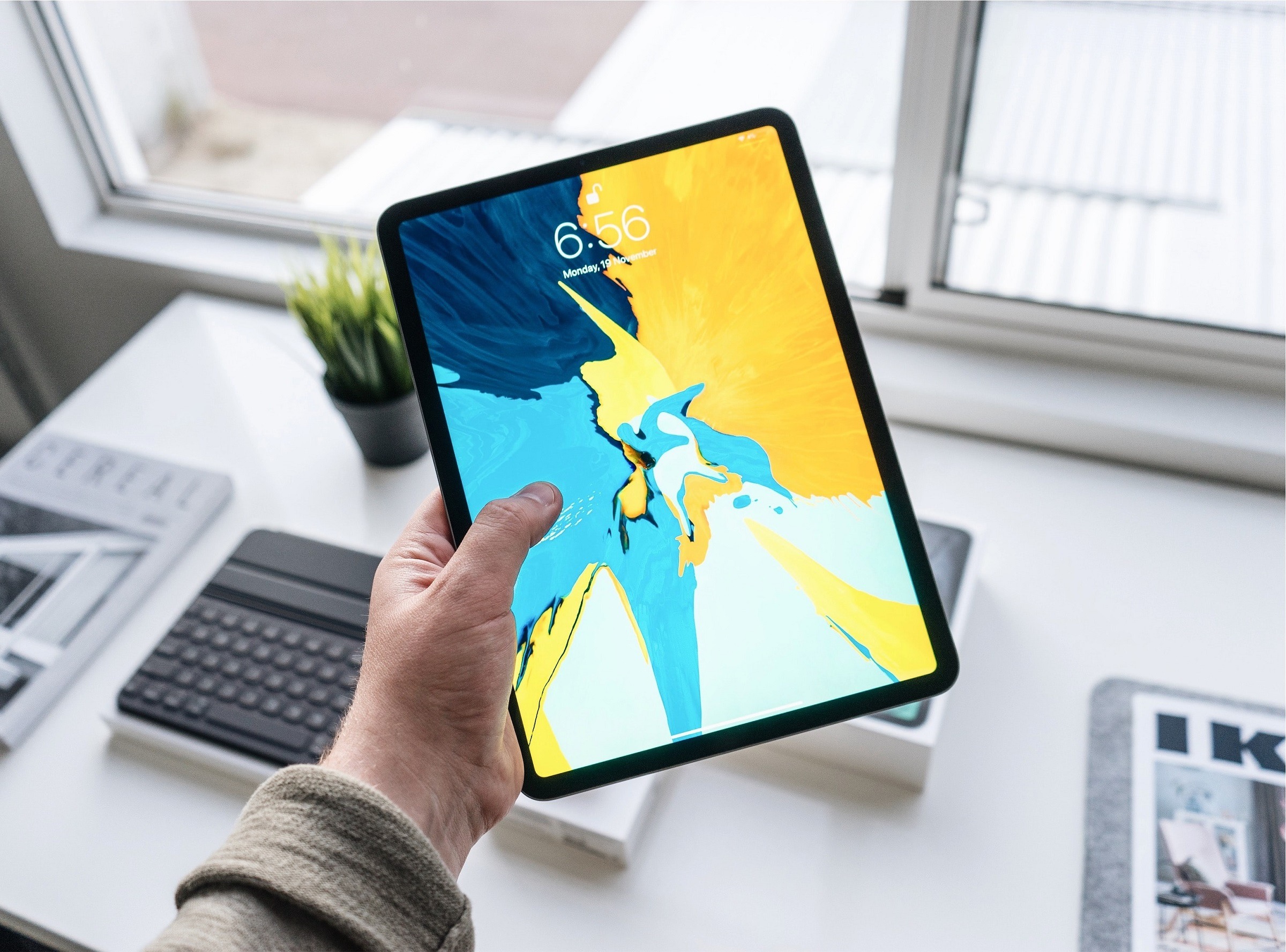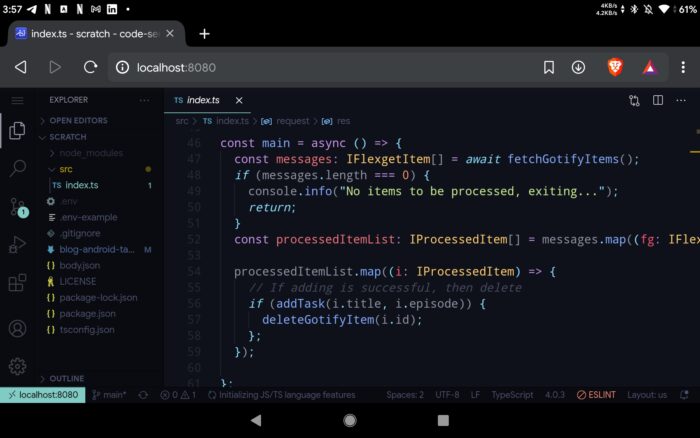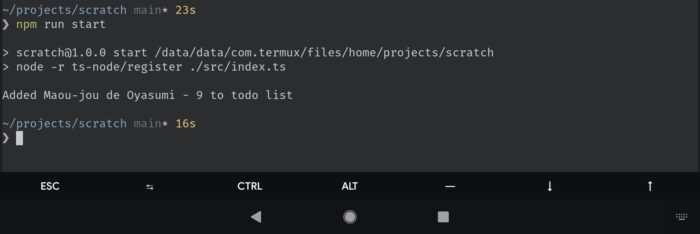For a long time, I’ve been trying to figure out how to be more focused and productive. I’ve had mixed success, with periods of enhanced productivity, and periods where I barely accomplish anything at the end of the day.
What I’ve tried:
- living in the calendar
- everything goes into the calendar
- block out time for myself to do stuffs
- living in the todo list
- everything goes into the list, both short and long term
- mixing both calendar and todo list
- doing an “inbox” system where any adhoc tasks go into this inbox and pushed them into the various places that it belongs so that I can work on them later
- e.g. email gets flagged, messages set to remind
- digital pomodoro timer on the computer/phone
- journal style where I jolt down the list of important things that I want to get done in a week
- a simple physical paper todo list
- max 3 items
- 1 item that is a star item that I must do that day
They are all useful techniques which has seen some success but the reason they have failed me is because of one simple reason.
discipline to follow through and do it consistently
me – all my life
All of them require me to keep a top level list of items that help me to visualise the amount of work I have, and to groom it consistently. The moment I miss out 1 or 2 items, or say “it’s too much effort to add this item in cause it’s just going to take 10 mins”, this system kind of falls apart because I lose the discipline to keep it “up to date”.
After many attempts, I finally stumble upon something that worked for me.
Physical pomodoro timer

How does it work? Just turn the knob and it will start counting down. I started with trying the 4 cycle pomorodo that goes.
- 25 mins work, 5 min break
- 25 mins work, 5 min break
- 25 mins work, 5 min break
- 25 mins work, 15 min break
So every 2 hours 10 mins (130mins), I get 100 mins of actual quality work in. This is the default setting that most pomodoro technique uses and if you’re trying it out, I would suggest you to give this configuration a try. Notice how I call this a configuration, it’s not meant to be static, but rather to be dynamic and fit your working habits. So if your work is the type that requires a good 45 mins of concentration each time, make it work for you, not the other way around.
The point of any productivity technique is to get you into the groove of the work, or what some would call the “flow state”, so if you’re in the zone and the timer goes off, don’t stop, don’t break the momentum, you can proceed to the next block of time without taking a break, don’t let the process break your flow.
All I’ve done so far is explained what the pomodoro technique is, and I’ve tried it before, so what changed? What’s the difference between a physical timer versus a digital timer I see on my screen?
1. Visibility / Obviousness
A digital timer can get hidden behind windows, it seems like such an innocuous behaviour but “out of sight, out of mind” has a very strong effect on me. Being able to see the highlighted part of the timer go down is a really strong visual indicator on the amount of time that is left. More so than numbers counting down on a screen.
2. Ease of use
Twisting a physical knob is all I have to do. A digital timer requires me to click into settings, or go through a few clicks to choose a specific time. It’s not as straight forward to set an arbitrary 17 mins.
3. I can use it when I’m not on my computer
I’m digital native, but there are still things I enjoy doing that is not on the computer. Being able to use the pomodoro technique for practicing arts and crafts is super useful, and it reduces the chance of me getting distracted by something else on the internet.
If you’re wondering which product I’m using, it’s this secura 60 minute visual timer. I’m not getting paid for this, so feel free to choose any physical pomodoro timer that works for you (p.s. there’s a ton out there).
Summary
I’ve been using the physical timer for about a month or so and I notice that it has boosted my productivity noticeably. Of course I don’t use it purely on its own, I still rely on todos, Second Brain, and the Zettelkasten method; I just don’t have to use those methods as religiously, and still have faith that I will still be able to get my stuffs done.. This timer is just a really simple way to trick myself to start working, and get something done. Give it a try if you’re struggling as much as me.











